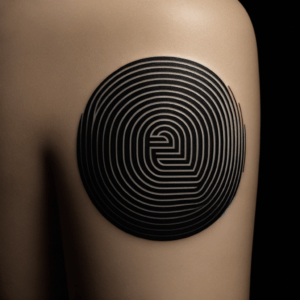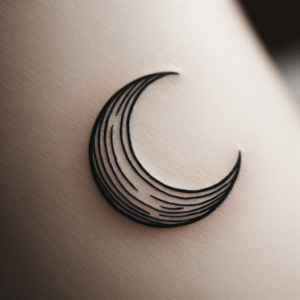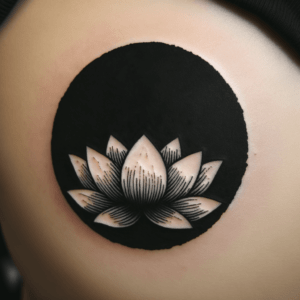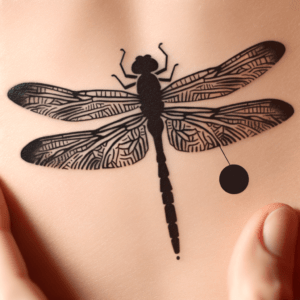
Blackout Tattoo Ideas
Need some direction for your blackout tattoo? Then, take a look at the 250 unique design ideas we have below so you can glean some inspiration. Have an idea in mind that you want to bring to life? Try out our AI-powered tattoo creator to make something that you’ll be proud of.
No results found!


Blackout Tattoo Stencil

Blackout Tattoo Concept

Blackout Tattoo

Blackout Tattoo Sample

Crescent Moon In Blackout…

Blackout Tattoo Design Of…

Hedgehog In Blackout Tattoo…

Blackout Tattoo Design Of…

Blackout Tattoo Of A…

Ivy In Blackout Lines

Fern Leaf Depicted In…

Blackout Tattoo Of A…

Thistle Depicted In A…

Compass In A Blackout…

Agave Depicted In A…

Phoenix In Blackout Tattoo…

Water Bear Depicted In…

Pomegranate In Blackout Lines

Blackout Tattoo Of A…

Blackout Tattoo Design Of…

Blackout Tattoo Design Of…

Macaw In Blackout Tattoo…

Lotus Depicted In A…

Blackout Tattoo Design Of…

Blackout Tattoo Of A…

Blackout Tattoo Of A…

Gecko In Blackout Lines

Dragonfly In Blackout Tattoo…

Sea Turtle In Blackout…
Didn’t Find What You’re Looking For?
Blackout Tattoo Designs & Ideas
Popular Blackout Tattoo Styles
Blackout tattoos use a lot of black ink that’s solid to create something that’s striking and artistic all at the same time. Some people go the purely aesthetic route with these tattoos, while others create something that holds personal meaning to them.
A very popular style is to get a full sleeve. These blackout tattoos can cover your entire leg or arm. They often get paired with other subtle shapes or patterns, in a way that makes it look like something is hiding among the solid black ink.
Another popular style is to utilize negative space. The artist will leave some of the spaces of the tattoo open so there can be contrasting sections of your skin and solid black ink.
Tribal tattoos are often done in the blackout style, as they pay homage to ancient traditions and styles.
Best Blackout Tattoo Placements
The best placement for blackout tattoos are parts of the body that can accommodate larger tattoos with a lot of ink, or that can use negative space to its full advantage.
That’s why full sleeves are such great placements for this type of tattoo, as mentioned above. The back is also a great spot for blackout tattoos. There’s plenty of space here to have larger designs, which can be quite striking and allow for a lot of creativity. The same can be said of the chest.
You can also get a blackout tattoo on your side, which is great for any design that will wrap around your body or connect to other tattoos that are located either above or below this.
Women’s Blackout Tattoo Ideas
Women like to incorporate creative expression and personal symbolism in their blackout tattoos. They often go for modern designs that are bold yet simple at the same time.
In this way, abstract approaches are popular for women. This could include using sharp angles and clean lines to create negative space. At the same time, other women like minimalist approaches, which would use a background that’s blackout for something else to be combined with it.
Symbolic tattoos are also very popular for women, and these can incorporate things such as spiritual or cultural symbols — both of which can make a very powerful and meaningful statement.
Men’s Blackout Tattoo Ideas
Men usually opt for larger blackout tattoos, and will have them placed on parts of the body where they can stand out and make a big statement. Full sleeves are very popular for men, and allow for a continuous design that can connect all the way from the wrist to the shoulder, for example.
Tribal or geometric tattoos are popular for men, too. These can serve as a tribute to people of their past or cultures they may have connections to.
Blackout Tattoo Meaning
Blackout tattoos are very flexible in terms of what they can mean. They can be a very bold statement and hold very deep symbolism.
In many cultures, blackout tattoos represent reclaiming of the body or closure for a big event. They can also represent new beginnings and transformation, or strength and empowerment.
Create Your Own Blackout Tattoo!
Popular Styles
Popular Placement
Related Ideas